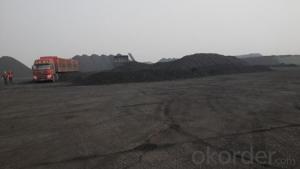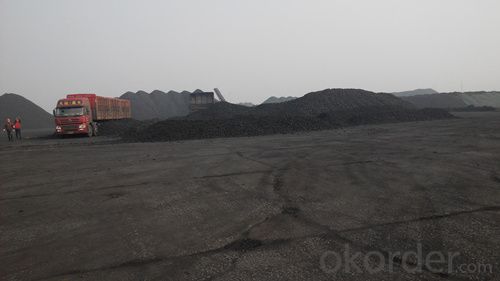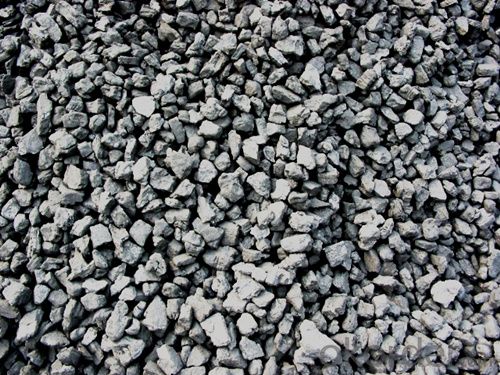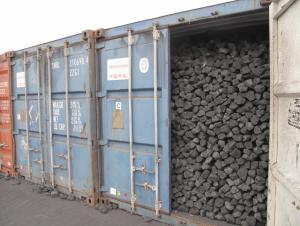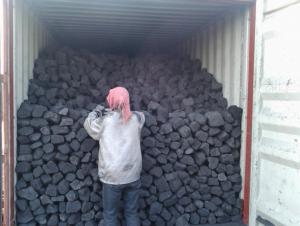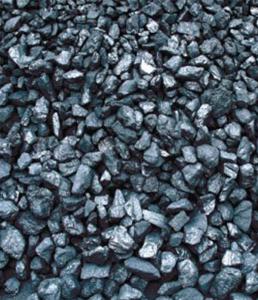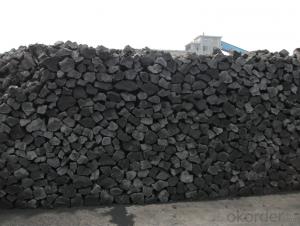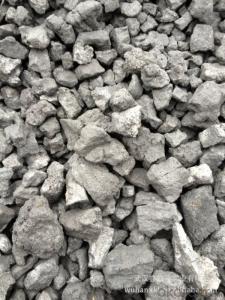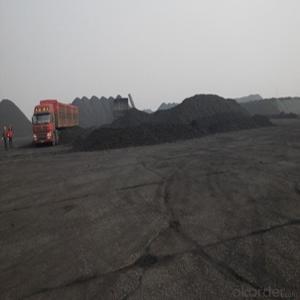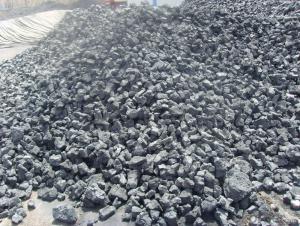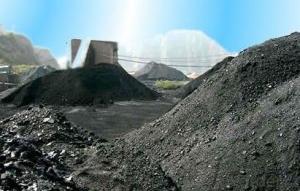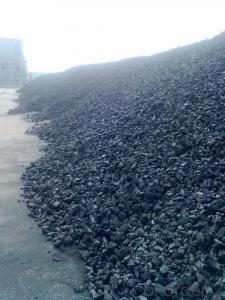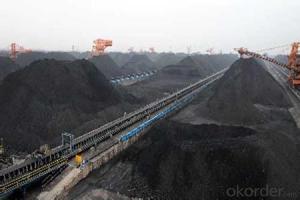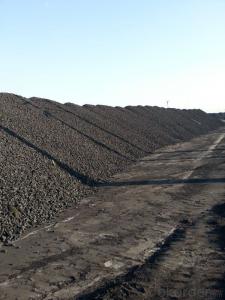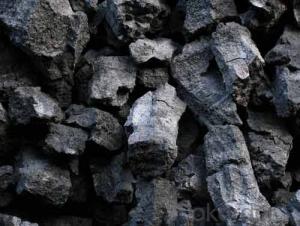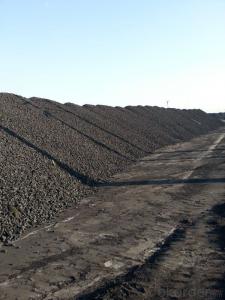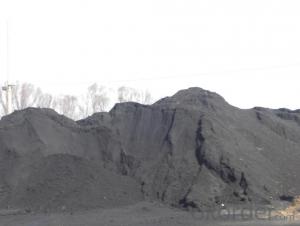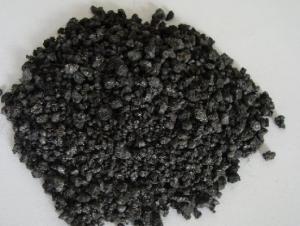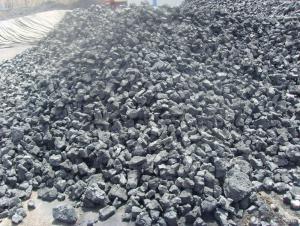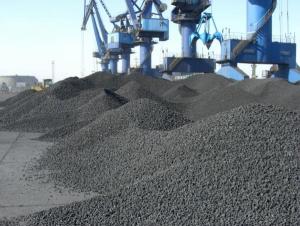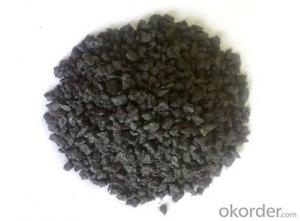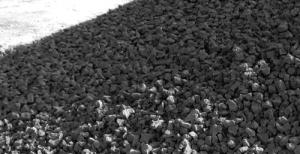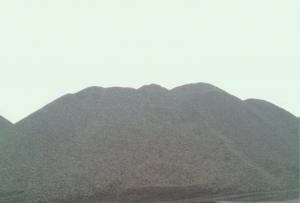Coke breeze of 10-30mm
- Loading Port:
- Tianjin
- Payment Terms:
- TT OR LC
- Min Order Qty:
- 1000 m.t.
- Supply Capability:
- 100000 m.t./month
OKorder Service Pledge
OKorder Financial Service
You Might Also Like
1. Structure of Metallurgical Coke of Coke breeze of 10-30mm Description:
Coke is mainly used for blast furnace ironmaking and used for copper, lead, zinc, titanium, antimony, mercury and other non-ferrous metal smelting of blast furnace, reducing agent, compound and the function of stock column frame.
Coke is an important industrial raw materials, the demand is closely related to the economic situation.Demand to drive economic growth, coke coke prices rise, economic depression, coke demand coke prices to fall.
Investors' psychological factors may also affect coke products trading market price changes.
2. Main Features of the Metallurgical Coke of Coke breeze of 10-30mm :
• Quality assurance
• Mutual benefit
• Preferential price
• Various choice
3. Metallurgical Coke of Coke breeze of 10-30mm Images:
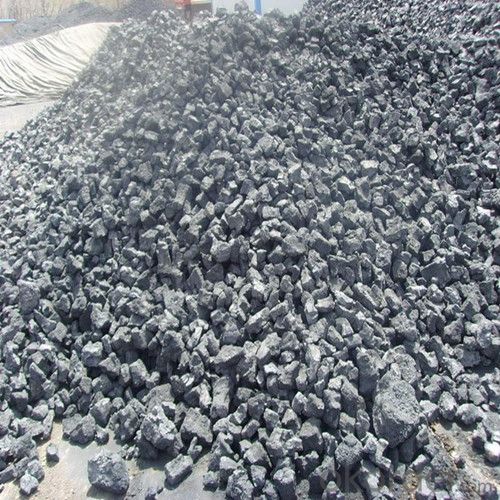
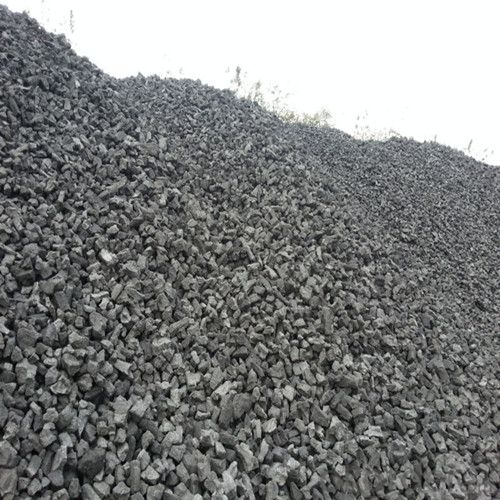
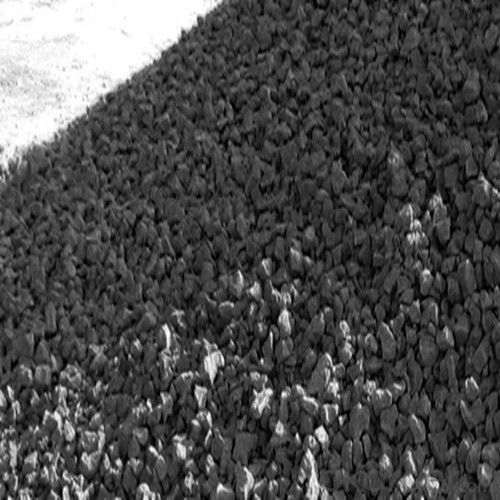
4. Metallurgical Coke of Coke breeze of 10-30mm Specification:
Parameters | Guarantee | Rejection |
Total Moisture ( As received basis ) | 8% max | |
Ash ( dry basis ) | 12.5% max | > 13.5% |
Volatile Matter ( dry basis ) | 1.5% max | > 1.8% |
Sulphur ( dry basis ) | 0.70% max | > 0.80% |
Phosphorus ( dry basis ) | 0.020% max | > 0.025% |
Size 10-30 mm | 90% min | |
+30 mm | 5% max | > 8% |
-10 mm | 5% max | >8% |
5. FAQ
Based on the analysis of macroeconomic, it is important to have two indicators, one is the rate of economic growth, or the GDP growth rate, the other one is the added value of industrial production.Macro economic development cycle, in good condition, economic development trend, exchange rate changes, etc., for coke prices change, also need to understand the background information.
- Q: Various types of coal coke are the main test items
- If you need to test coal, caking index (G value), glial layer (X, Y) and other indicators, the index also includes the detection of more coal ash melting point (ash melting), hydrocarbon, the Hardgrove grindability index of coal, burning, swelling, activity, Oaxaca coal coal. Slag index.
- Q: Which heroes know, please give the source of the data.
- You have to know what kind of coal isBituminous coal and anthracite are determined according to the content of volatile matter in coal,Bituminous coal has C content, geological time is long, but not easy to burn!It is also different from the different producing areas of bituminous coal. Mainly depends on what you want to be low calorific value (not including the vaporization of water vapor latent heat release). High calorific valueTo determine the coal species, industrial analysis, to determine the content of water, ash, volatile, fixed carbon content!That is, there is no formula, mainly the test.Low calorific value = high calorific value -206*H-23MH-- hydrogen contentM-- moisture content (both received base)
- Q: What is cokeWhat applications are, what is the fire of Malachite copper
- Coke is used for heating, and coke is also used as a reducing agent to process the iron ore, the oxide ore, the malachite is the copper oxide
- Q: What is the difference between coking coal and coke
- Coking coal is the raw material for producing cokeCoking coal is produced by carbonization: coal gas (carbon monoxide), coal tar, coke
- Q: How coal is turned into coke in the coking chamber
- In the furnace in the absence of air through the kiln wall edge ignition hole artificial ignition, coking coal will be stacked in the kiln fire, coking coal self combustion heat by layer coal heating (direct fire heating); a large amount of coal gas from coal combustion and unburned cracking formation hot air flow,
- Q: Who knows the proportion of pig iron and coke used in Cupola
- There is doubt: the export rate is lower than the standard exception.4, blank blank processing: according to customer requirements of different direct sales, some need to continue processing after the sale, the ordinary rough machined after a blank rate of about more than 70%, about 30% (excluding scrap scrap), dryer enterprises after after machining yield is about 25% ~ 30% (including waste scrap and iron, basically use recycled material, material waste accounted for ratio of 30% ~ 40%). To 1.5M x 2M cylinder, for example, rough weight of about 5.8 tons ~ ~ 6 tons (standard cylinder, including the cylinder head) cylinder head rough weight of about 1.7 tons ~ ~ 1.8 tons, cylinder weight of about about 4.2 tons. After processing, the cylinder head weighs about 0.5 tons to 0.6 tons, accounting for the proportion of about 65% to 70% head (excluding scrap, scrap accounted for about 10%, blank cylinder head and iron) accounted for about 30% ~ 35% blank cylinder head, accounted for the proportion is about 40% recycled waste, scrap iron accounted for under foot material proportion 60%, enterprises can not return direct sales (currently, only production enterprises can use recycled scrap iron). Total iron blank ratio is about 15% ~ 18%.
- Q: How to distinguish the level of coke. What is metallurgical coke
- Since more than 90% of metallurgical coke is used for blast furnace ironmaking, it is often referred to as coke. Other more specific can see here:
- Q: I now do a good job in the coke network editor, I would like to know more about coke
- Coke is mainly used in blast furnace ironmaking and smelting of non-ferrous metals such as copper, lead, zinc, titanium, antimony, mercury and so on. In the process of blast furnace smelting, there are four kinds of functions, such as heat supply, reduction, material skeleton and carbon supply.
- Q: What is the difference between coke and semi coke in ferrosilicon smelting process? In the process of energy statistics in the end should be 0.9714 of the conversion coefficient should be used with the conversion coefficient of 0.75 x 0.9714, please expert advice? emergencyUrgent!
- The difference between them is that the final temperature of the two, the use of different raw materials, product yield and product properties are not the same. Low temperature coke. Under the condition that the coal is isolated from the air, the product is heated to 500 to 600 DEG C to obtain the product. It uses the raw coal is lignite, metamorphic degree of coal, long flame coal and gas coal. The final purpose of the low temperature carbonization is to obtain high yield coal tar
- Q: What is coke? What is the use?
- Lay the foundation for large-scale modern blast furnace, is an important milepost in the history of metallurgy. The blast furnace operation and achieve good technical and economic indexes, smelting with coke (coke) must have appropriate chemical and physical properties, including thermal properties in the smelting process.
Send your message to us
Coke breeze of 10-30mm
- Loading Port:
- Tianjin
- Payment Terms:
- TT OR LC
- Min Order Qty:
- 1000 m.t.
- Supply Capability:
- 100000 m.t./month
OKorder Service Pledge
OKorder Financial Service
Similar products
Hot products
Hot Searches
